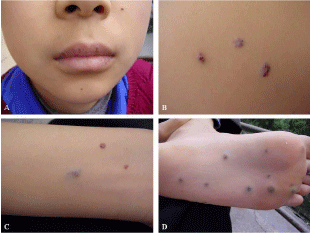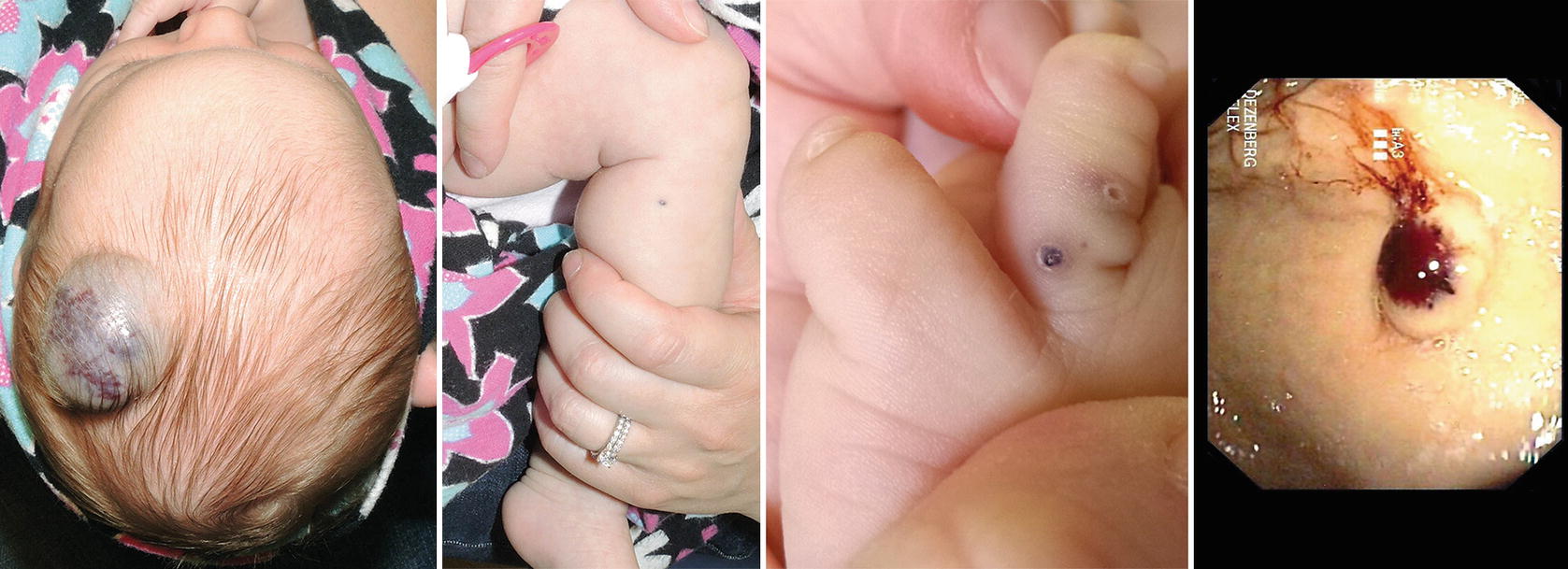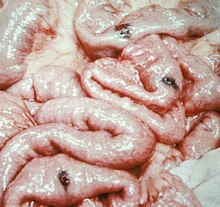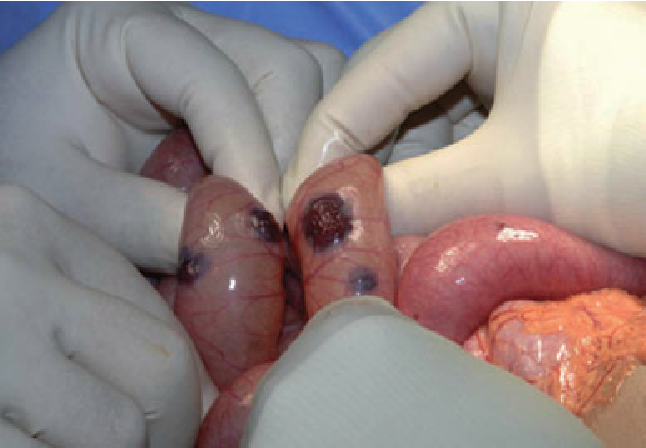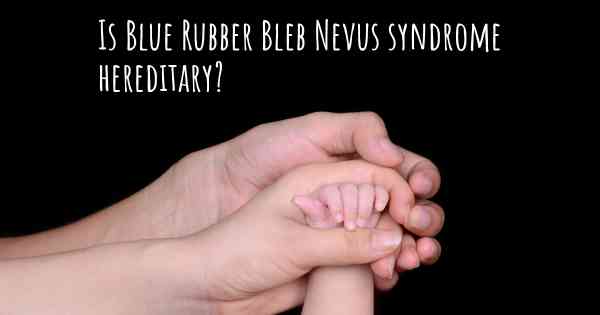The first type is typically referring to the noncancerous protuberant skin lesions which range from blue to violet in color and are insignificant in size measuring for only less than 1 to 2 centimeters.
Blue rubber bleb nevus syndrome symptoms.
The disease is characterized by the presence of fluid filled blisters as visible circumscribed chronic lesions.
The blue marks on the skin are usually visible immediately after birth.
This is the hallmark sign of brbns.
Diagnosis blue rubber bleb nevus syndrome brbns is.
Its presentation is usually sporadic although cases of autosomal dominant inheritance have been reported.
The main signs are the presence of small purple generally painless blebs on the skin.
Symptoms and severity of blue rubber bleb nevus syndrome varies greatly from person to person.
What are the symptoms of blue rubber bleb nevus syndrome.
In general blue rubber bleb nevus syndrome is characterized by skin spots nevi that may be few to hundreds in number.
A family association has already been identified linked to chromosome 9p although sporadic type is the commonest.
Blue rubber bleb nevus syndrome brbns is a rare condition characterised by venous malformations in the skin gastrointestinal tract and other parts of the body.
Blue rubber bleb nevus syndrome symptoms and causes.
Its pathogenesis is poorly understood.
According to bean there are about three types of nodules in patients with blue rubber bleb nevus syndrome.
Some evidence suggests that it may be due to the inheritance of a defective gene.
Blue rubber bleb nevus syndrome brbns sometimes called bean syndrome is a rare congenital vascular anomaly in which malformed veins or blebs appear on the skin and surfaces of internal organs.
Blue rubber bleb nevus syndrome brbns is a rare blood vessel vascular disorder that affects the skin and internal organs of the body.
It was described by william bean in 1958.
These small purple lesions are particularly common in the gastrointestinal gi tract.
No two children experience blue rubber bleb nevus syndrome brbns in exactly the same way.
There is no standard of care for brbns.
In many cases the disease appears to occur randomly.
Multiple distinctive skin lesions are usually characteristic of this disorder and are often present at birth or present during early childhood.
How is blue rubber bleb naevus syndrome diagnosed.
Brbns is caused by somatic mutations in the tek gene.
Size tends varies from millimeters to several centimeters in length.
Causes the cause of blue rubber bleb nevus syndrome brbns is not clear.
However no genes or mutations associated with brbns have been identified.
Usually seen in children brbns presentation in adults is rare.
Bleeding from venous malformations at other sites may be evident as pain swelling and disturbance of function depending on the site of the bleed.


